Jan Verhoeven; a forgotten legacy
Two years ago, I came across a painting, signed in the top right corner, Jan Verhoeven. A peculiar painting, in bold striking colors. So strong and incredibly simple. I wondered who could have painted such a sophisticated work. Who is Verhoeven? On the back a small stamp of Kunstsalon Wolfsberg, Zurich.
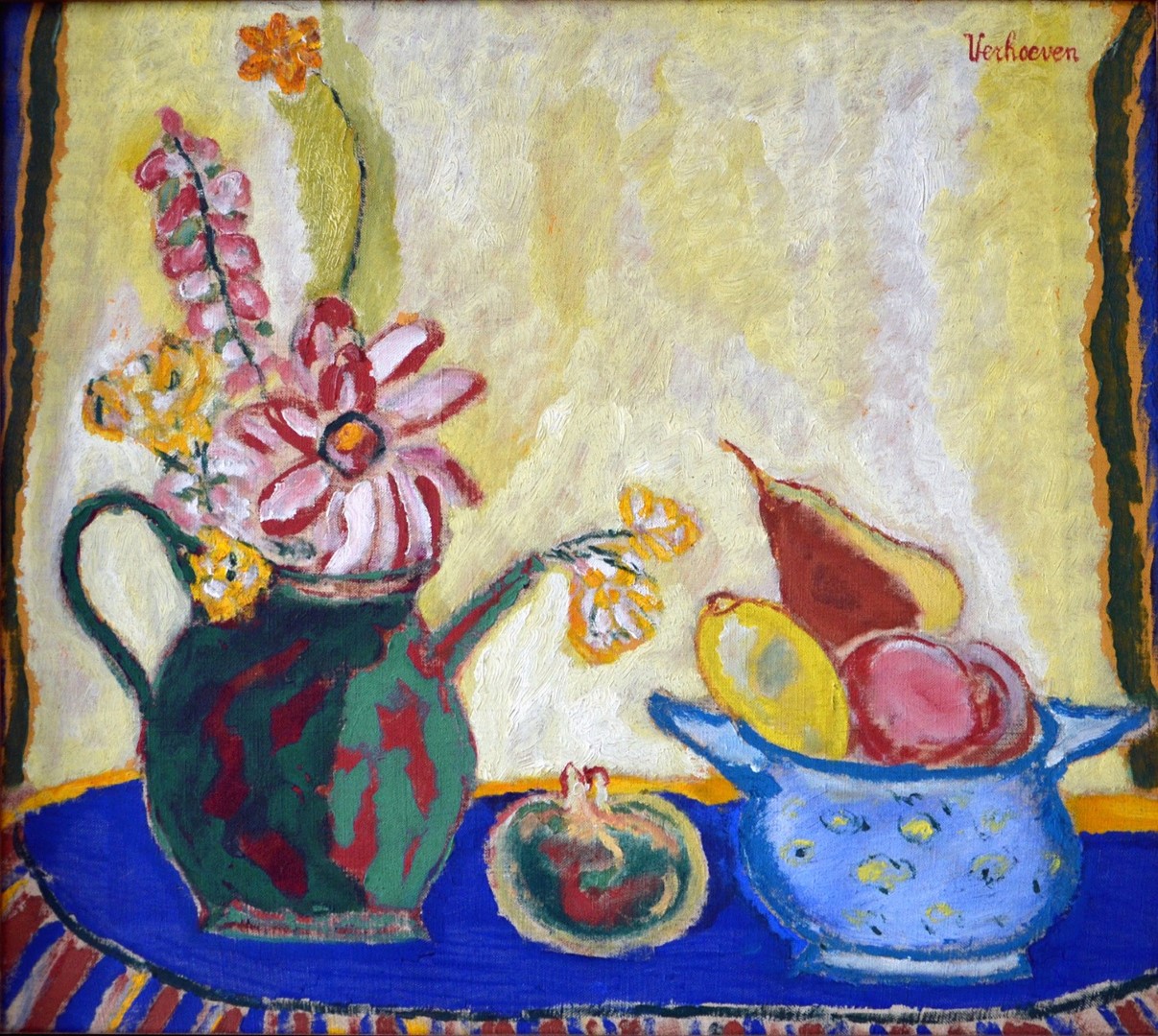
Among the covers of old video games I spotted this painting; Teapot with flowers & bowl with fruits, in between lies a “Pomegranate”. The teapot and pomegranate in the same camouflage texture, the bowl of fruits is decorated with mini lemons.
The back all yellow, open curtains, the Great-Light-of-Day.
The old man, who had the items (the games and the painting) for sale, asked for a small sum of money. He owned the painting for many, many years, more than 50, at least. Although he loved it a lot, he now decided to sell Verhoeven. The money would go to his son, who sold the videogames, but didn’t want the painting. The son preferred to receive quick cash, so his dad sold the Verhoeven, for him.
At this moment the Verhoeven, Still Life with “Pomegranate” holds a prominent spot in the Homeric collection of M.
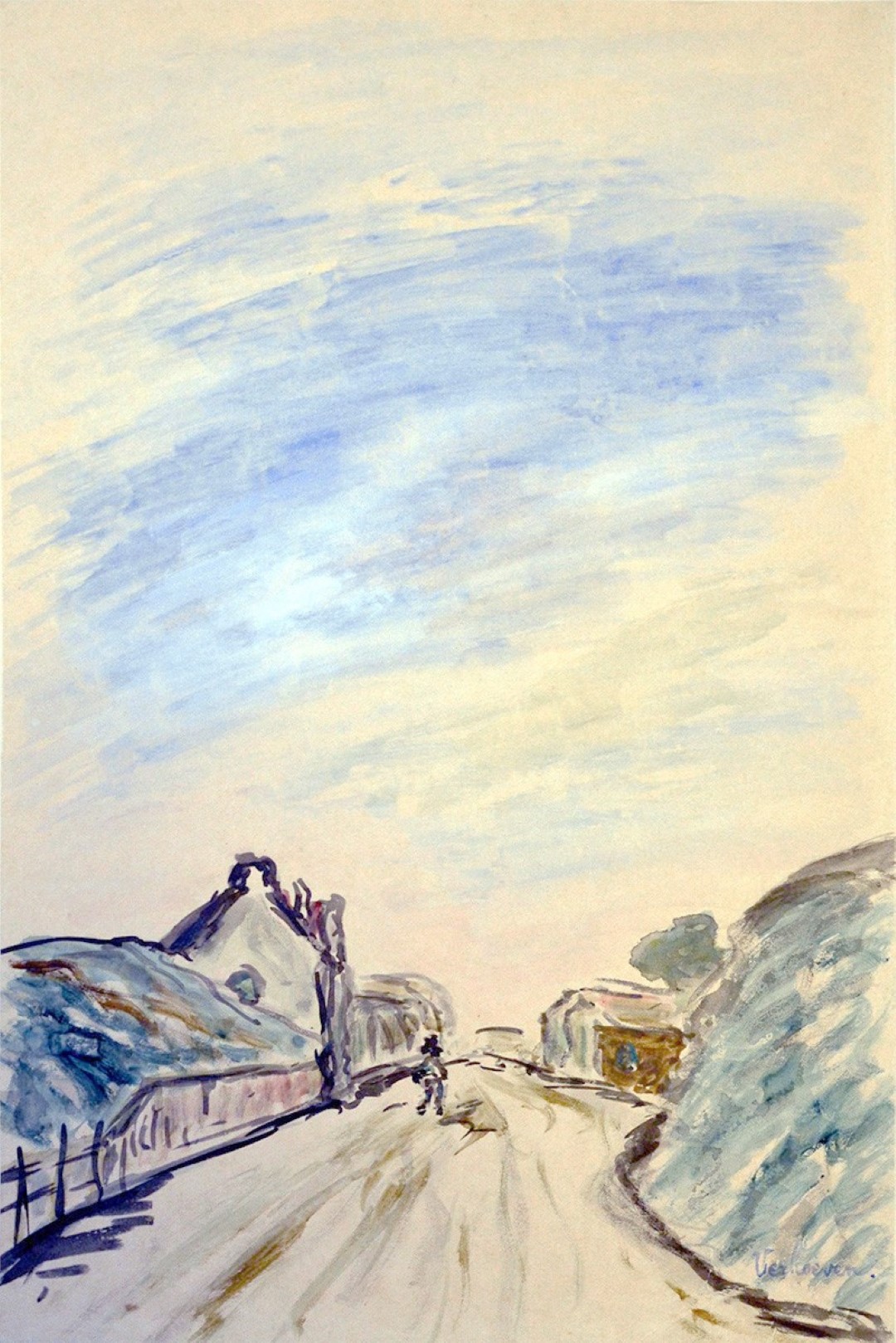
A year later, I came across a watercolor, signed in the down-right corner, again Verhoeven. I didn’t know he also did watercolors (mostly quick architectural compositions).
Migrant Artists in Paris
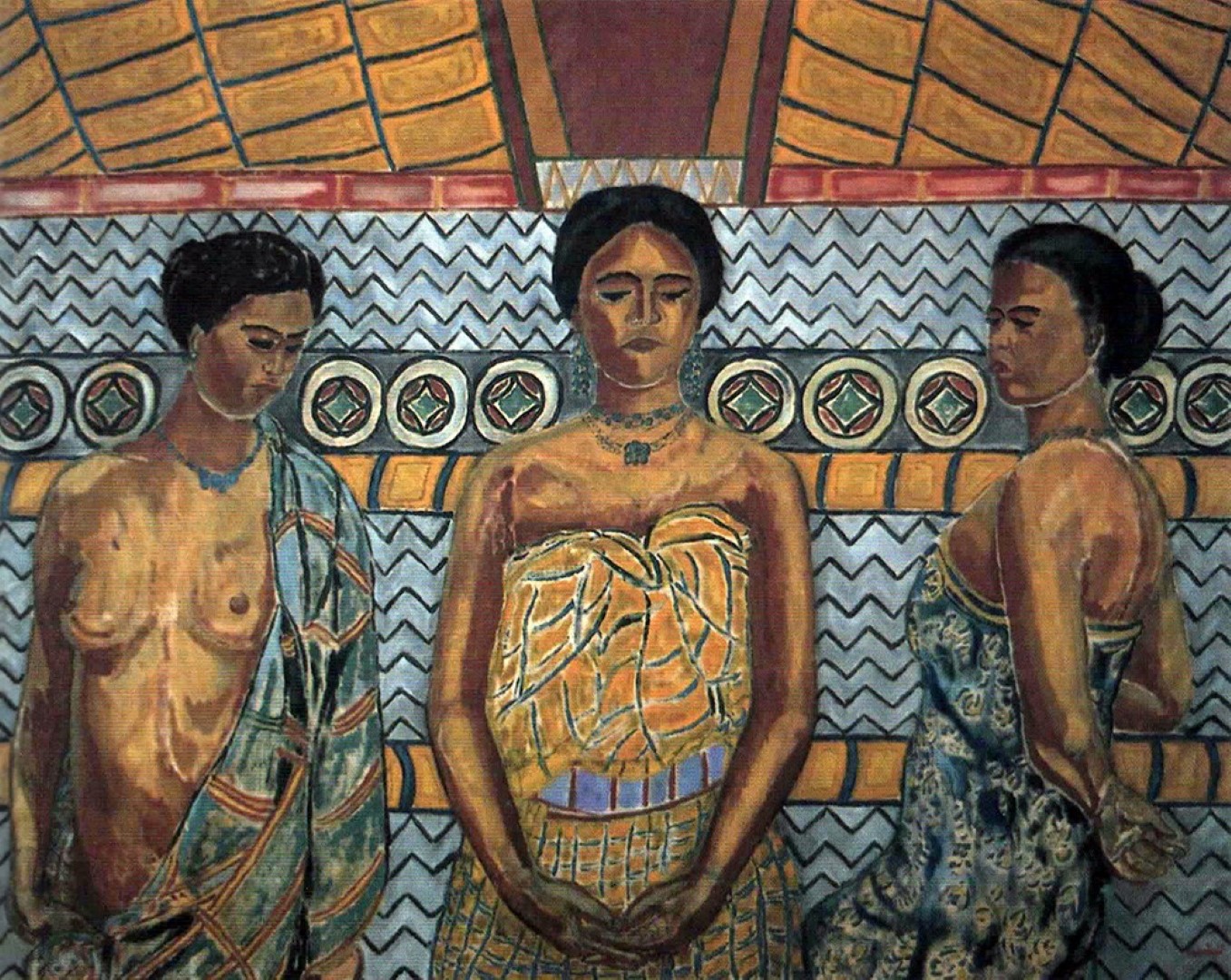
There was an exhibition (21.9.19 – 2 .2.20) in the Stedelijk Museum Amsterdam, displaying the paintings of emigrants who went to Paris at the beginning of the 21st century. Paris was, in those days, the Catalyst-Capital for Modern Art. Artists came from every corner of Europe, to be part of this creative explosion.
“Migrant Artists in Paris”- represent the work of the main-characters. Headliners: Picasso, Chagall, Mondriaan, supporting acts : Severini, Jan Sluijter, Kees van Dongen, some shadow characters; such as Sonia Delaunay-Terk (not just the wife of Robert), but also the Uruguayan Joaquín Torres-García, + a lot of other bit players. At least one person is completely left out in this line-up, his name: Jan Verhoeven.
Jan Verhoeven actually never came back from Paris; he was deported to a concentration camp but died before arriving (17.5.1941 Paris). His legacy disappeared in darkness, along with his body.

At the height of times
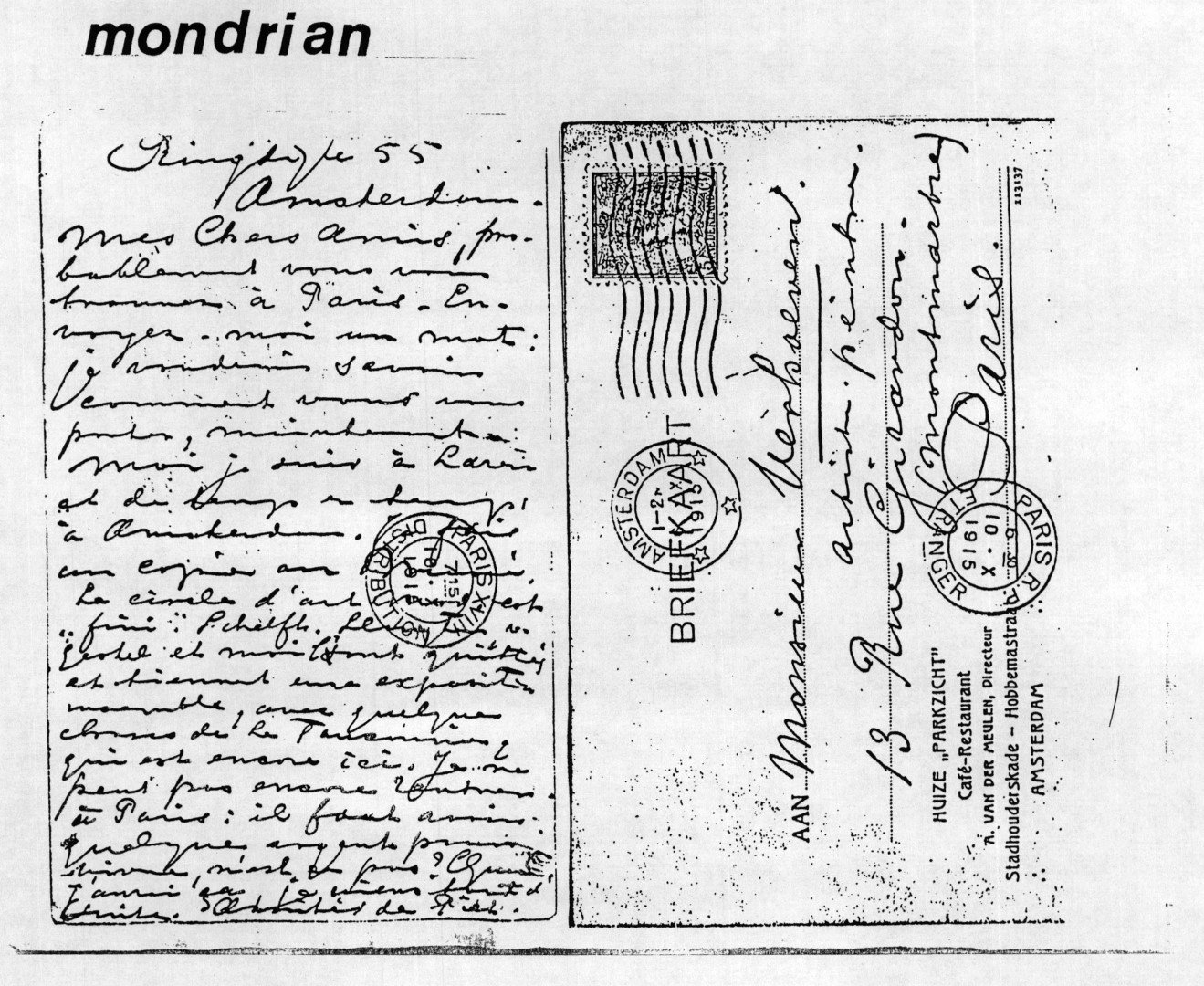
‘P. Mondrian.
Ringdijk 55
Amsterdam.
Dear friends, you are probably in Paris. Please drop me a line: I would like to know how you are all doing. I am in Laren and from time to time in Amsterdam. I am working on a reproduction in the Museum. The Mod. Art Circle is ‘dead and gone’. Schelfh., Sluyters, v. Gestel [sic] and I have walked away and are having a joint exhibition with some pieces by Le Fauconnier, who is still here. I cannot return to Paris yet: one needs money to live on, after all. As soon as I have managed to secure this, I will come immediately.
Best regards, Piet.’ - More about the letters between Mondriaan und Jan Verhoeven
.
One of the most famous early Dutch Modern Artists (after Mondriaan) active in Paris was Kees van Dongen. But just like I describe in a previous essay; Abstract : Reality [Shadowplay], {most} creative discoveries occur in an exchange between various actors.
Rembrandt, in his early years moved walls and discovered new grounds, not alone, but in exchange with his shadow Jan Lievens. Kees van Dongen was also not alone working in a Paris atelier. He shared his physical, but also mental space, with another Dutch master, Jan Verhoeven.
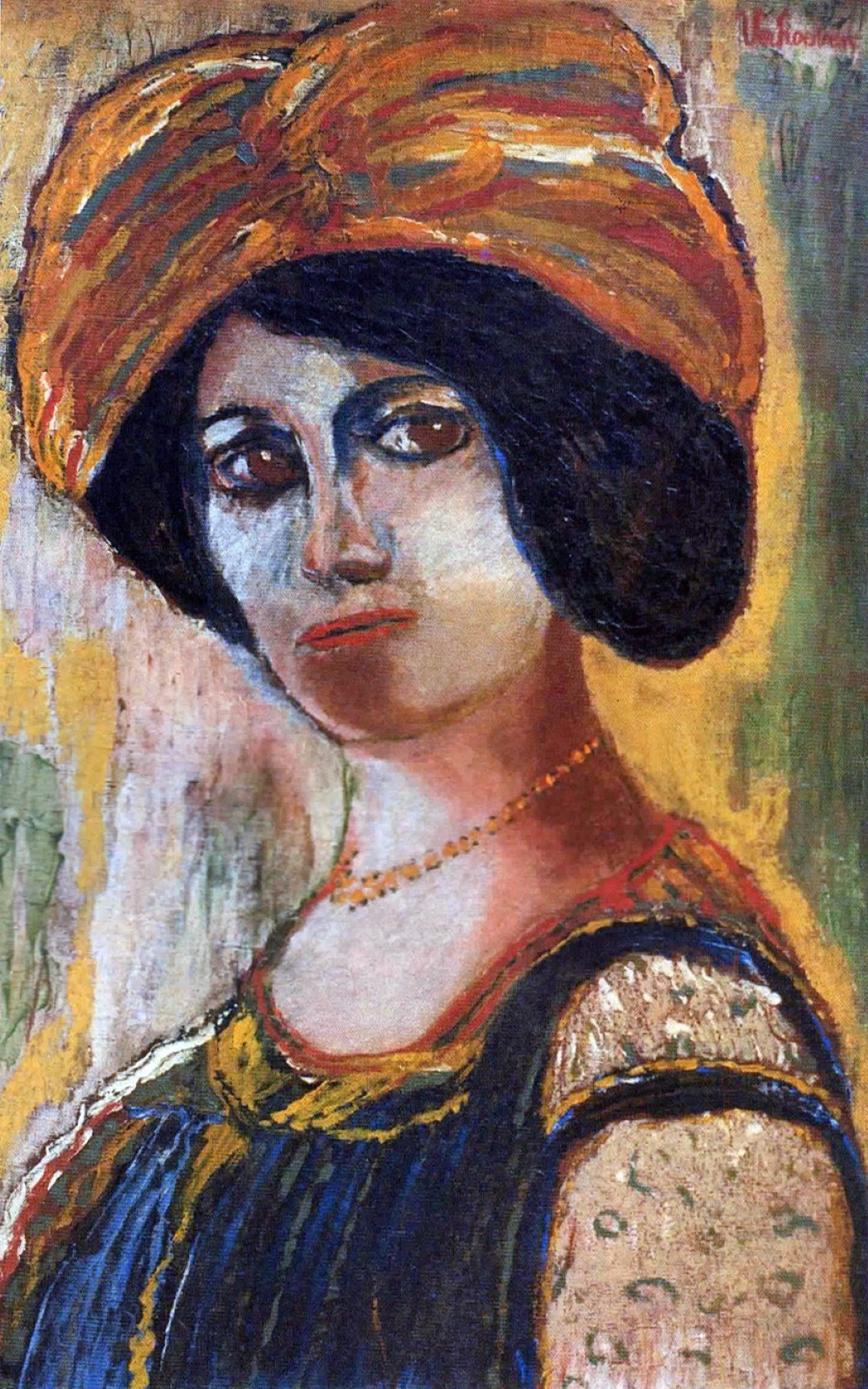
Jan Verhoeven was a major player in those days. His work was presented in the famous Paris and Berlin Salons in 1908–1910, but also in Cologne and in Zurich (Kunsthaus & Kunstsalon Wolfsberg). Stedelijk Museum Amsterdam has represented Jan Verhoeven two times; with 12 paintings, in a 1911 exhibition, and the year after, in 1912 with 8 paintings.
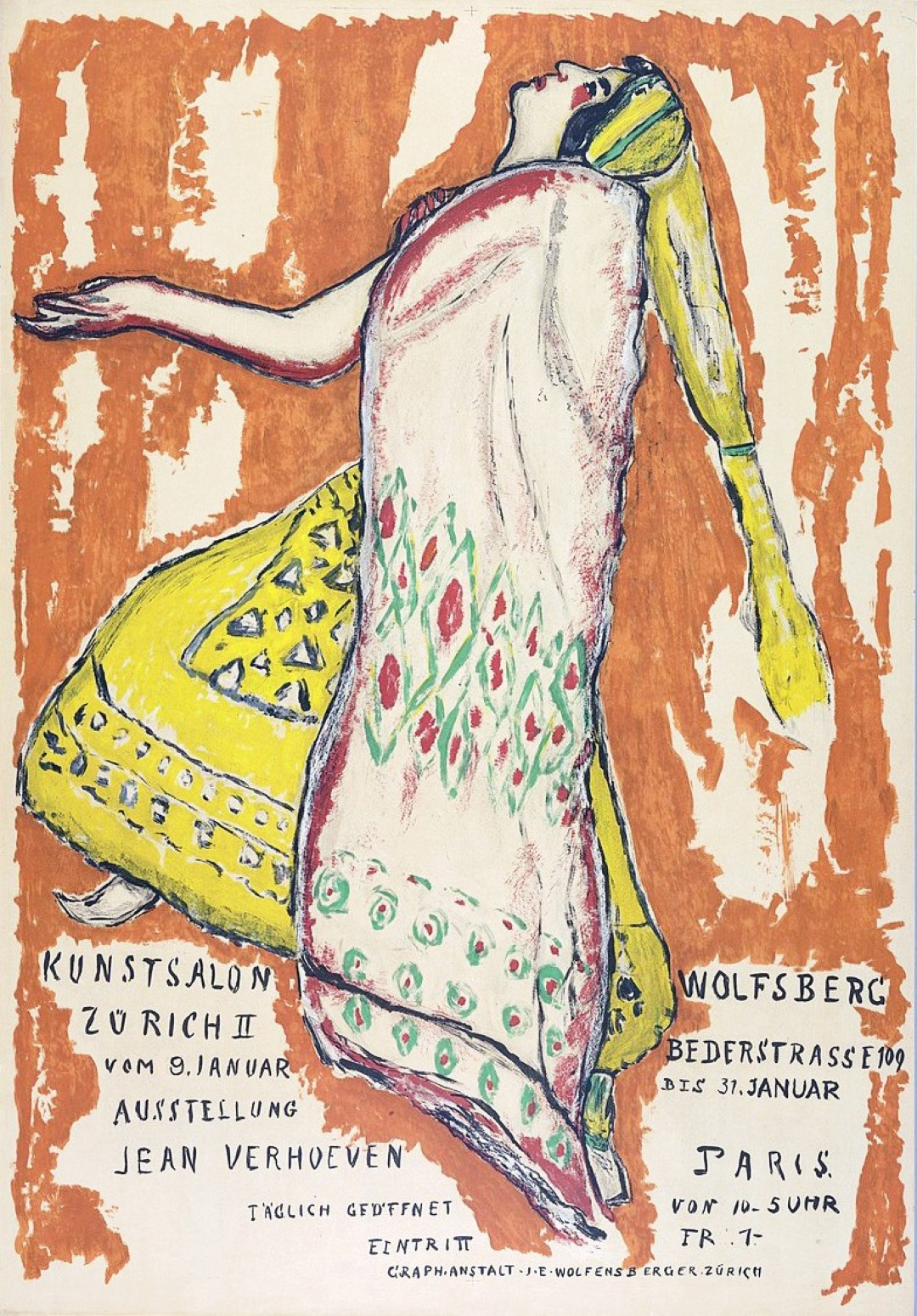
“Es wird wohl nicht mehr lange dauern, bis sie die Kunstzeitschriften aller Länder eingehend mit Verhoeven beschäftigen. Dann werden sich die Ausstellungen der Weltstädte um ihn reißen und unsere Stadt wird froh sein dürfen, wenn sie ab und zu ein Bildchen von ihm zu sehen bekommt; nie aber wird ihr wieder eine so stattliche Zahl starker Werke von ihm von Augen geführt.” — Quote from the introduction text for the 1912 exhibition in Kunstsalon Wolfsberg, Zurich, written by Albert Baur.
It will not take long before the art-magazines all around the world will talk extensively about Verhoeven, and the exhibition in the world capitals will all be about his work. Our city (Zurich) would then be happy to see, from time to time, just a little painting of him. Never again will you see such several strong works presented in front of your eyes. — English translation
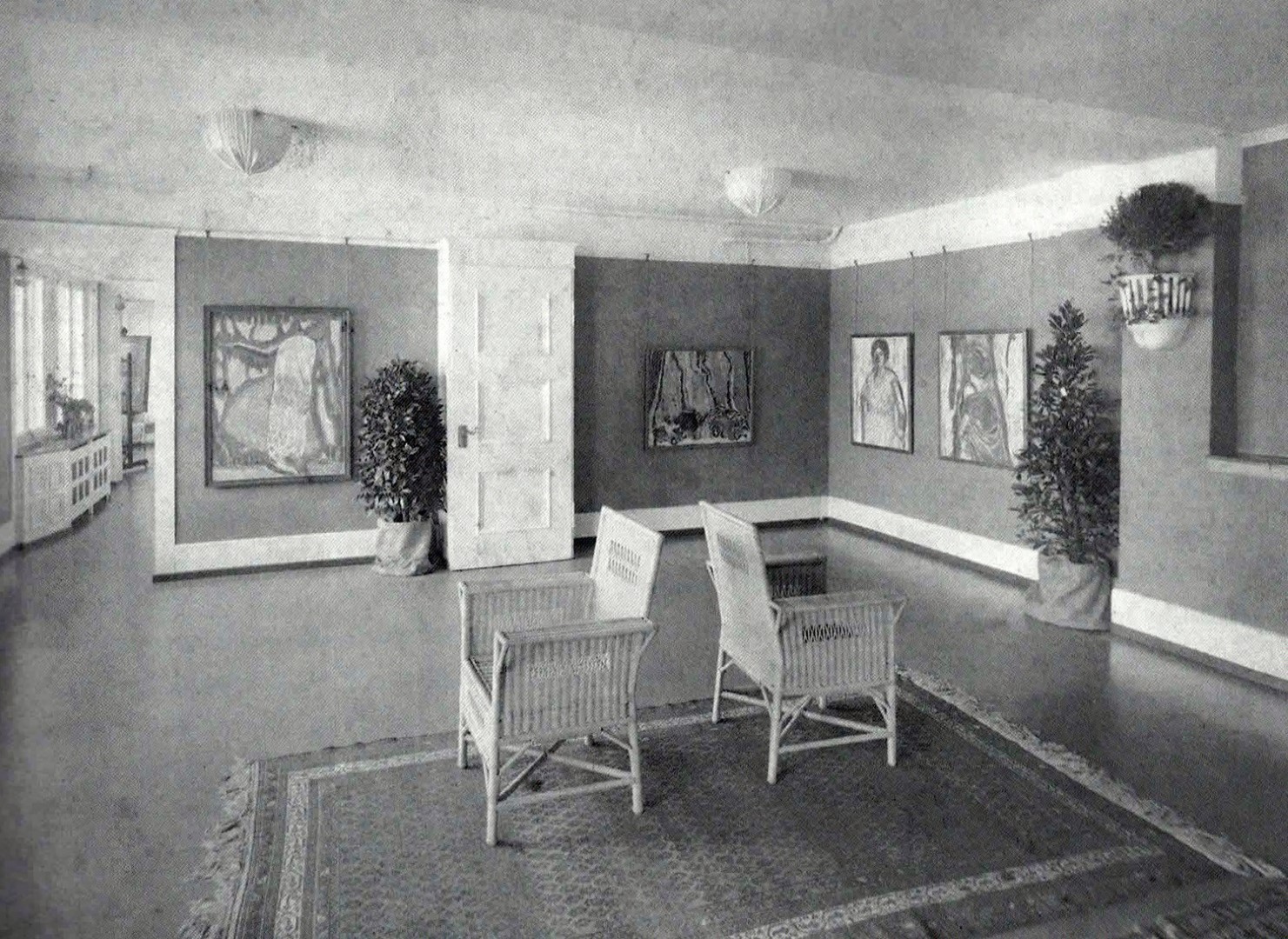
Now, more than 100 years later, and almost 80 years after his death, his paintings had never been presented anymore, not as a lead in any major museum exhibition, not even as a side note. Quite the contrary, it moved into an obscure domain. Only a few people know about the importance of his work in the Modern Art Movement.
An independent Fauve
At the turn of the centuries, Jan Verhoeven decided to go to Paris, to write articles for the Dutch newspapers, about the upcoming 1900 Exposition Universelle. He settled in Montmartre; the vibrant, village-like neighborhood in Paris. A place where practically all modernist artists lived for some part in their lives.
Without a teacher, without friends, without money, Verhoeven started to paint, for years and years on. He presented his works in the Salon des Indépendants {showing works of artists unacceptable for the official exhibition juries}.
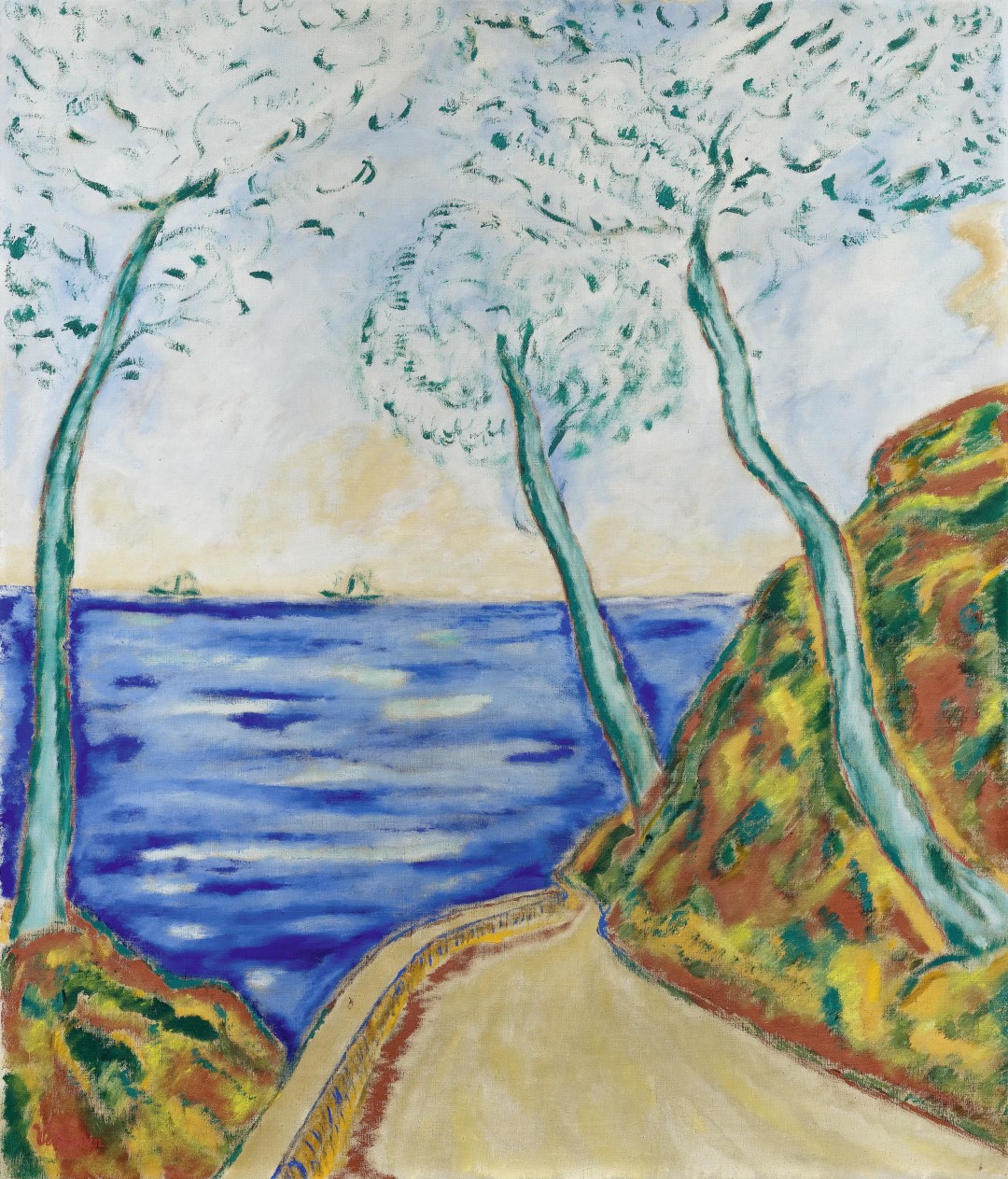
The public laughed and made jokes about these independent exhibitions and their artist. The same work now hangs in museums all around the world {except for Verhoeven} or are sold for millions in international auctions. Verhoeven was a very poor man. He walked around the cold streets of Montmartre in broken clothes and shoes, and barely had money to buy food.
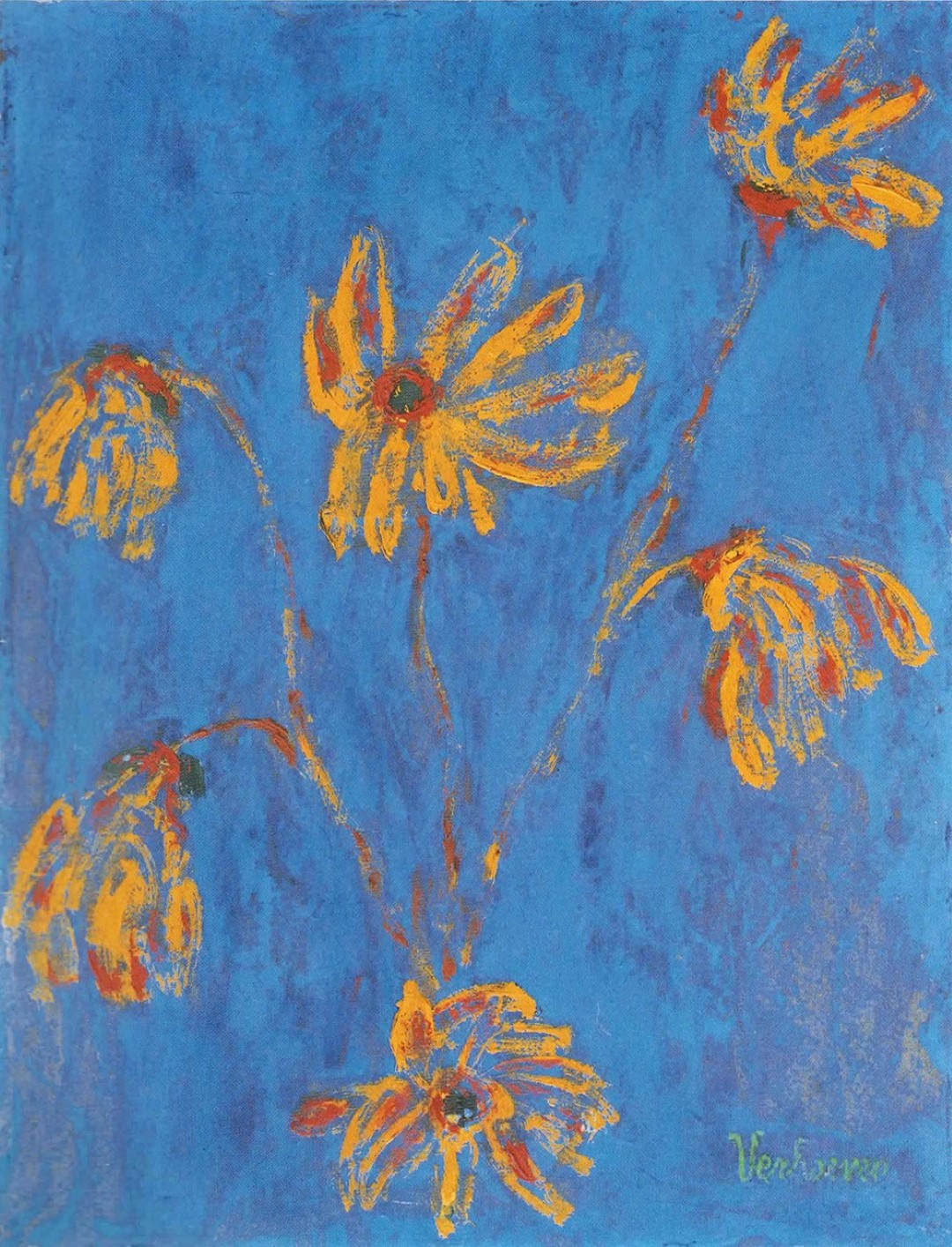
Until one critical moment in 1908. He finally got his bigbreak after years of struggling. The Salon d’Automne (Paris, Salon in Autumn) displayed the arrival of a new art-movement. It became clear to some key-viewers that the Impressionistic-analytical-optic-era was finished, and made place for new kinds of art: a creative process, born out of a personal dimension, the temperament of the artists themselves. They constructed scenes, with simple outlines and fantastical-vibrating colours.
Suddenly, Jan Verhoeven, who worked for seven years in misery, isolated, alone, got the spot-light. The young Dutch artist, a shadow-player, was already making that kind of Modern Art, back in 1905.

The following years were very successful for Verhoeven, with interests from the big Paris art-dealers, who sold his work for top dollar. Verhoeven his work was presented in several exhibitions around Europe, together with other main-players, and he even had a couple of solo exhibitions.
Intermission — Degenerate Art [Entartete Kunst]
What happened? How did Jan Verhoeven disappear from the map?
The Nazis, that’s what happened.
Hitler didn’t like the free-spirited approach and appearance of modern art: expressionist, cubist, surrealist, dadaist, you name it, he loathed it. Hitler saw these art forms as a support for the devilish communist red ideology. Yes, Hitler had a great sense of imagination.
During Hitler’s rise to power, he himself took the chair of curator. He organized a travelling exhibition that started with an opening show in Munich:
[Entartete Kunst] (1937) {A stunning 650 modernist works chaotically hung together. The best exhibition on German Expressionist art ever organized, and maybe even the best early-modernist-art exhibition in general}. The works were combined with Nazi marketing-spam. Slogans, logos, symbols and posters were placed all around the art, stating all this is devilish and a disgrace. Hitler communicated through his personal-press-machine: “We will destroy all these works after the show!”

While the very successful exhibition was going around twelve cities in Germany and Austria, his fellow Nazi companion, Hermann Göring (an enthusiast art collector/thief himself) received some calls from foreign parties. They were interested in buying the Entarte Art. Expressionism, and German Expressionism in particular (a small local happening at that time), became a world-famous event, promoted through Hitler’s travelling show.

Hermann received more and more calls; they all wanted these paintings. He talked with Adolf and they decided to organize an auction: on neutral grounds, Switzerland. He contacted Max Fischer (PhD. chemist, owned a wax-factory, but also another enthusiast art-collector). Max organized, with the works delivered by the Nazis, the best Modern Art auction ever, a super-sale, at gallery Fischer. Some of these works even ended up in MoMa.
Sammlung Fischer (his parents were also collectors) contained the biggest collection of Jan Verhoeven [Degenerate Artist] paintings I know of, but not all the pieces are together anymore.
Abstract : Reality by Verhoeven
Paintings created by Verhoeven after 1920 are very rare to find, I don’t know of any, except maybe this seemingly-ordinary-painting in the later period of his life.
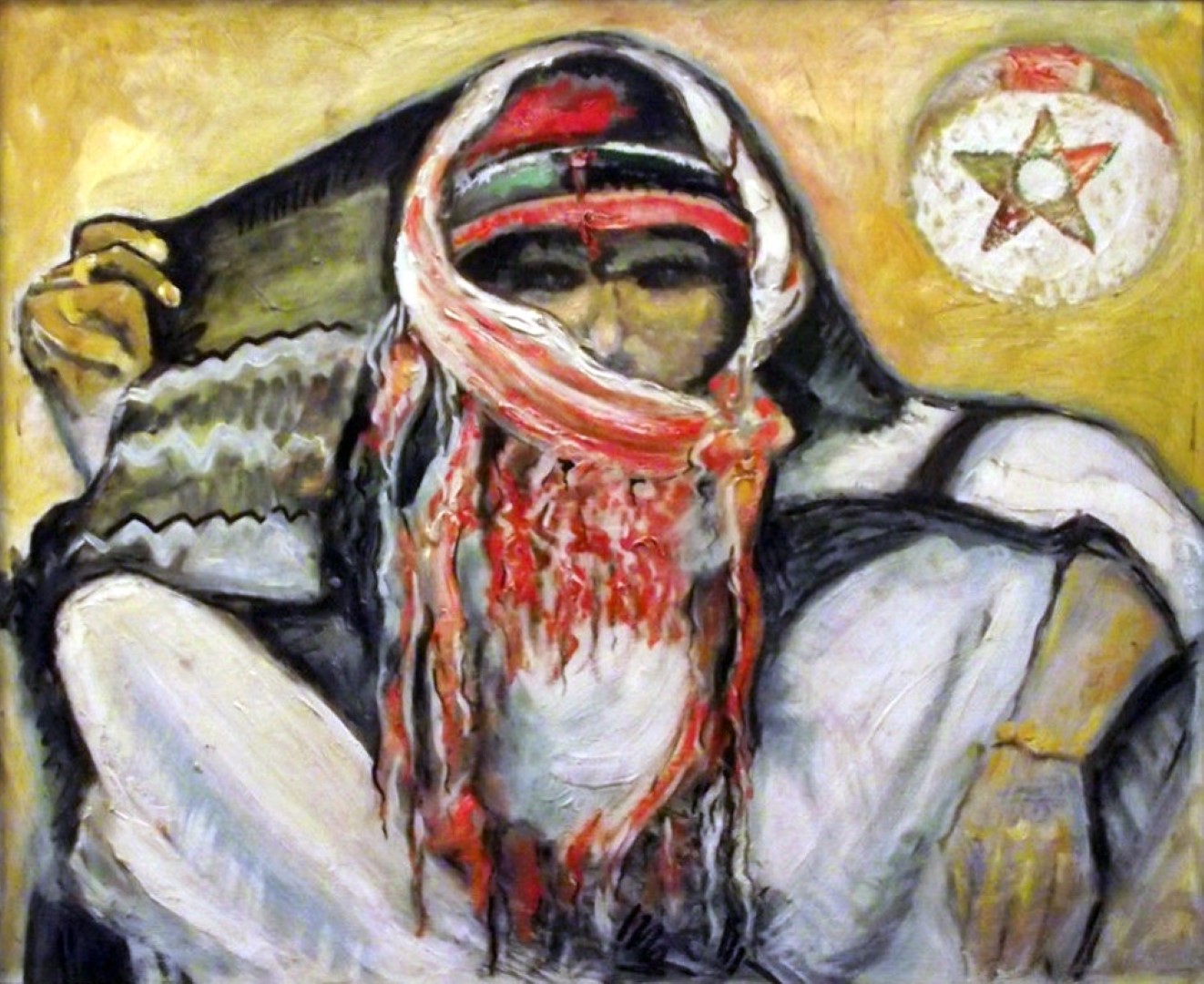
{A depiction of a gypsy, wearing white cloth, looks the viewer straight in the eyes. His face is covered with a red-white-scarf on a black background} {*}.
:
{A white spherical circle in the right corner, on the circle a star: a five pointed Pentagram.
Something is hidden behind the white circle; the shadow of the moon reveals a part of a thick red stroke next to a white line. These are the same colors as his scarf. }{*} = [A hint of Nazi symbolism wrapped around his head]
It shows Jan Verhoeven’s mastery of Abstract : Reality (term coined by M. in 2016).
.
Even in difficult times he could still manage to create amazingly meaningful paintings. Nevertheless, Jan Verhoeven was singled out. He was unkindly asked to put himself on the train, a track leading towards death. All his belongings were confiscated. He ended up where he started, with nothing.
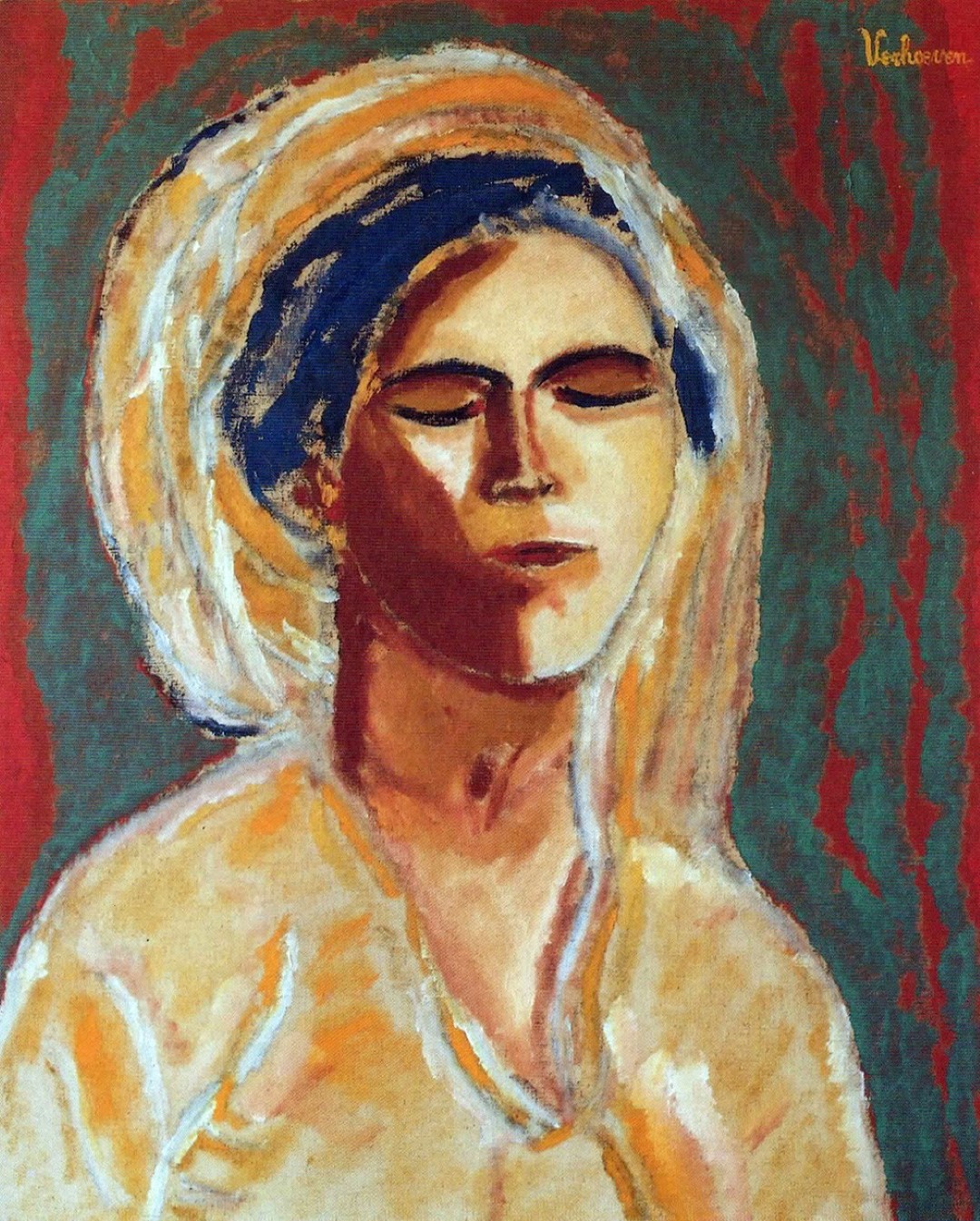
Most of his work is now scattered around Europe, and maybe other parts of the world, located in places hidden for the public eye, or it has been destroyed. But, occasionally, at an auction in Switzerland, or in the north of Italy, a work of the unknown artist Verhoeven pops-up.
The body itself
The most interesting aspect about the work of Jan Verhoeven is the advanced simplicity of his paintings. His paintings don’t depict the splendor of Paris nightlife in the beginning of the 20th century. Something regularly seen in major works of his companion Kees van Dongen and co.
Jan Verhoeven didn't show any of that, no eye-candy for this guy, just the plain, beautiful truth. His work is modest and intense. Women, often from exotic origin, with closed eyes, wearing simple decorated dresses, but all in a vibrant color pallet.

Recurring classical themes: “Still Life”, flowers, a landscape, a woman, or a group of women, only outlined. Jan Verhoeven shows an eternal place that is located beneath the surface of the obvious; a hidden area that lies behind all the splendor, behind the momentary spotlights.
His advanced development in weaving textures, patterns and surfaces is something unparalleled. I don’t know of any painter who mastered this skill so well. Textures from wallpapers become a dress, an adornment, or even the decoration for a pot.
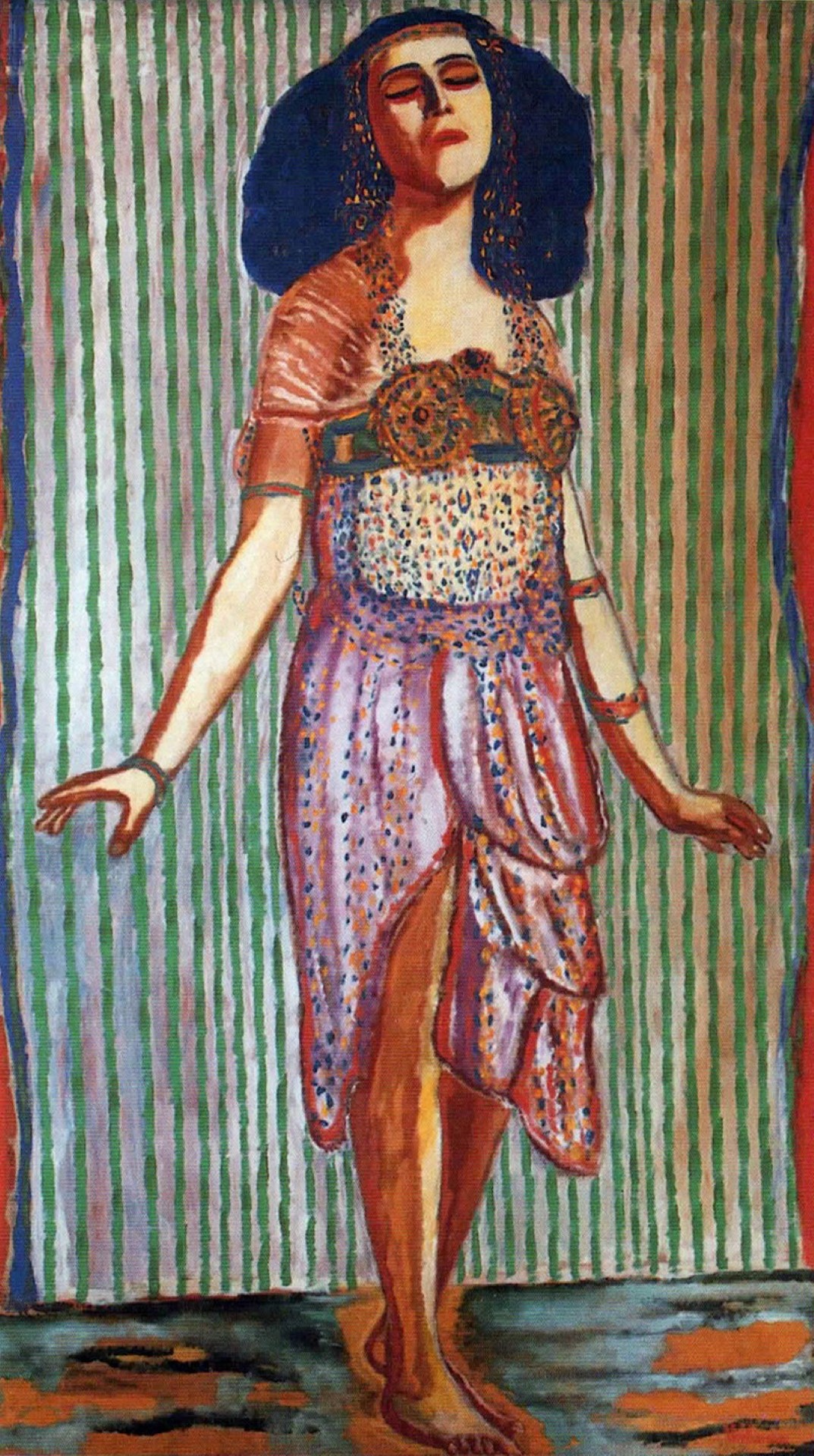
His painted backgrounds even incorporate early signs of the American Abstract expressionists, the peeled off surfaces by Clyfford Still and the zip paintings of Barnett Newman.
Although Jan Verhoeven is categorized as a Fauve (he became a member of the group, led by Matisse and André Derain), I see his position a bit different. The Fauvist works were created without any analytical boundaries or theoretical framework, such as the work of the Cubist or the Futurists. This is also the case of Verhoeven’s work.
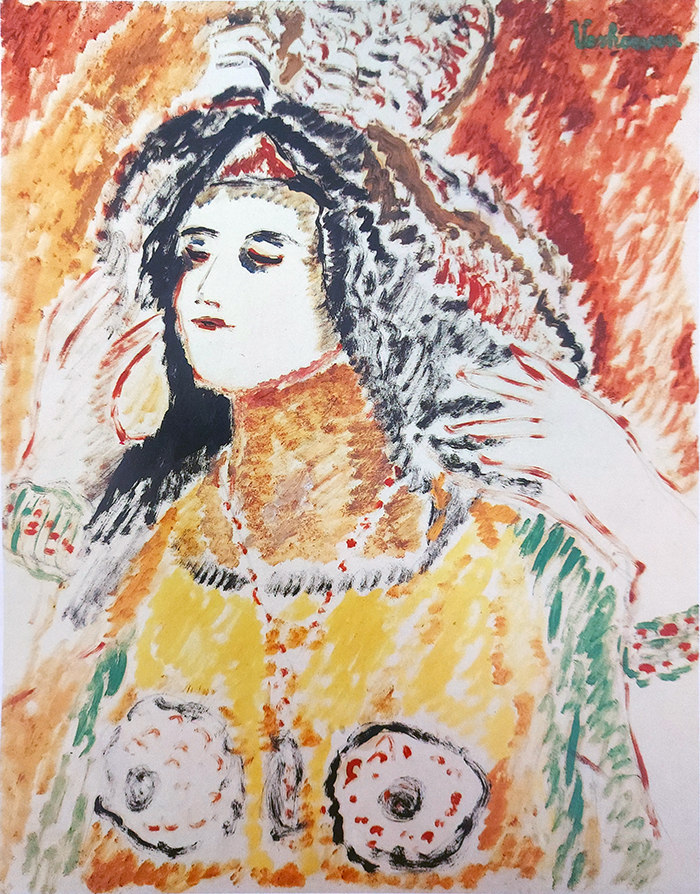
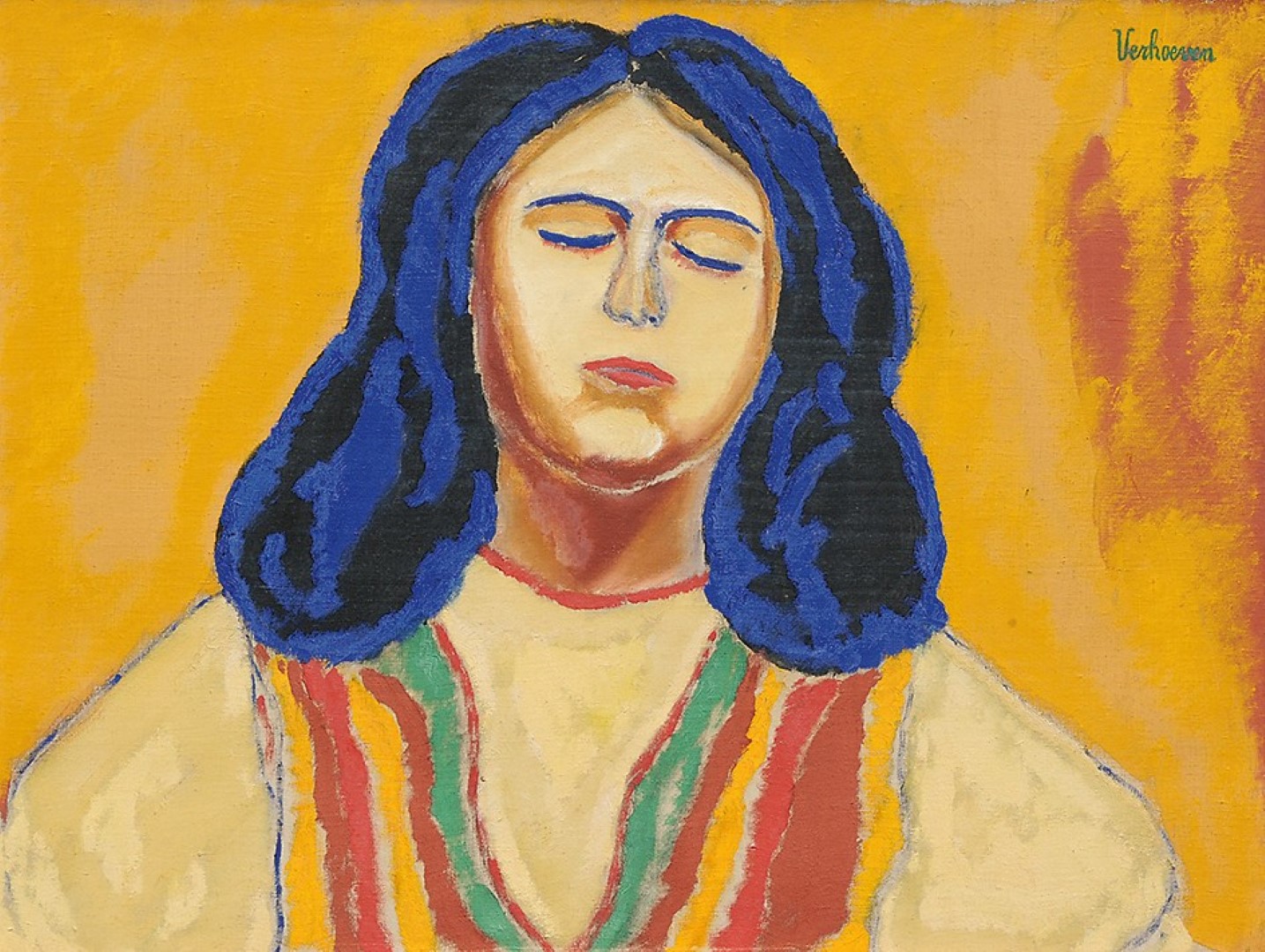
But his main ideas were established before, in times of extreme poverty and loneliness. Without any academic background but guided by his own temperament he continued to produce work. He taught himself to create from the pure inner self. Therefore, I consider Jan Verhoeven an outsider artist, joining his fellow Dutch artist, Vincent van Gogh.

As a Dutchman it’s painful to discover…Discover almost nothing about Jan Verhoeven in the public collections, (educational)books, online archives and exhibitions of the Dutch Art Institutions. Hopefully, his work and life-story can reach new interest with this article. One day, Verhoeven will once again be seen in his deserved place, in the Great-Light-of-Day. The truth will out.
Jan Verhoeven; a forgotten legacy © M. Production [Educating Creativity] Published 11.2019 Triple-A Society
Biography
The artist Jan Verhoeven is one of the few unknown pioneers of early modernism. He moved to Paris in 1900 and became friends with important avant-garde artists, mainly those of the Fauves movement. He died in 1941 in Paris, before being deported to a concentration camp.
Jan Levinus Gerardus Verhoeven (Jan/Jean Verhoeven)
1870 Born in Amsterdam (31.07) Father Franziscus Wilhelmus Verhoeven — Mother Elisabeth Verhoeven. Jan Verhoeven had 3 other smaller brothers/sisters.
1896 Moved to Groningen, Zuiderdiep 268
1900 Jan Verhoeven lived in Paris, 13 Rue Girardon, Montmatre. Jan Verhoeven shares his Atelier with Kees van Dongen. He became friend with the Fauves (and became friends with Matisse)
1904 Birth of daughter Pirette, 30. August. (Died in 1986)
1920 Stay in Bandol; South of France.
1941 Deported during World War II, died before (17.5.1941)
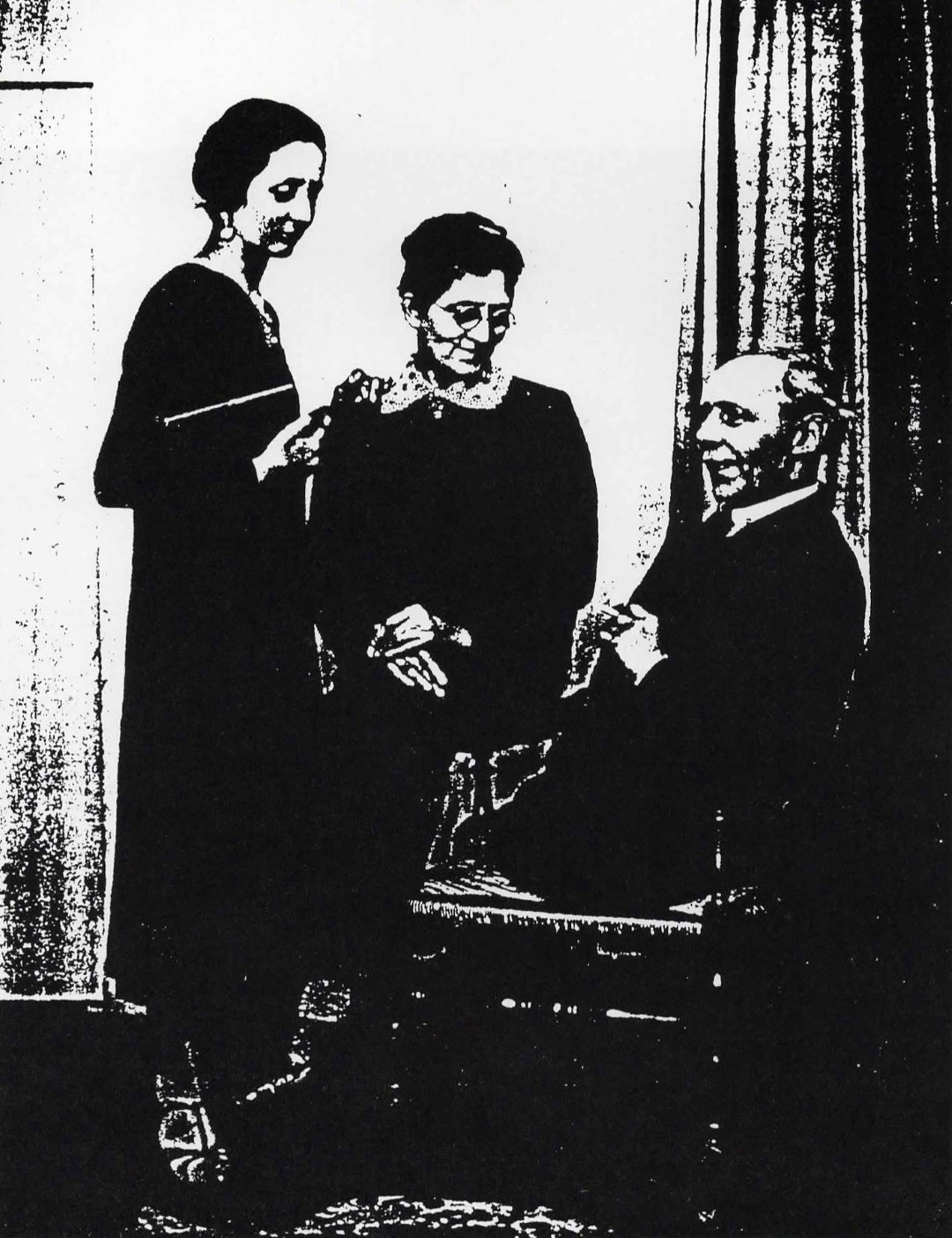
Exhibitions
1908 The Salon d’Automne, Paris 4 Paintings
1909 Berliner Secession 4 Paintings
1910 The Salon d’Automne, Paris 4 Paintings
1911 The Salon d’Automne, Paris 3 Paintings
1911 Stedelijk Museum Amsterdam 12 Paintings
1912 International Art exhibition Sonderbundes Cologne, 3 Paintings
1912 Stedelijk Museum Amsterdam 8 Paintings
1912 Salon Wolfsberg, Zurich solo exhibition
1913 Salon Wolfsberg, Zurich solo exhibition
1913 The Salon d’Automne, Paris 3 Paintings
1913 Salon Wolfsberg, Zurich second solo exhibition
1914 Kunsthaus Zurich 5 Paintings
1914 Kunsthaus Zurich 3 Paintings
1919 Galerie Berthe Weill, Paris
1920–1939 The Salon d’Automne, Paris various group exhibitions
